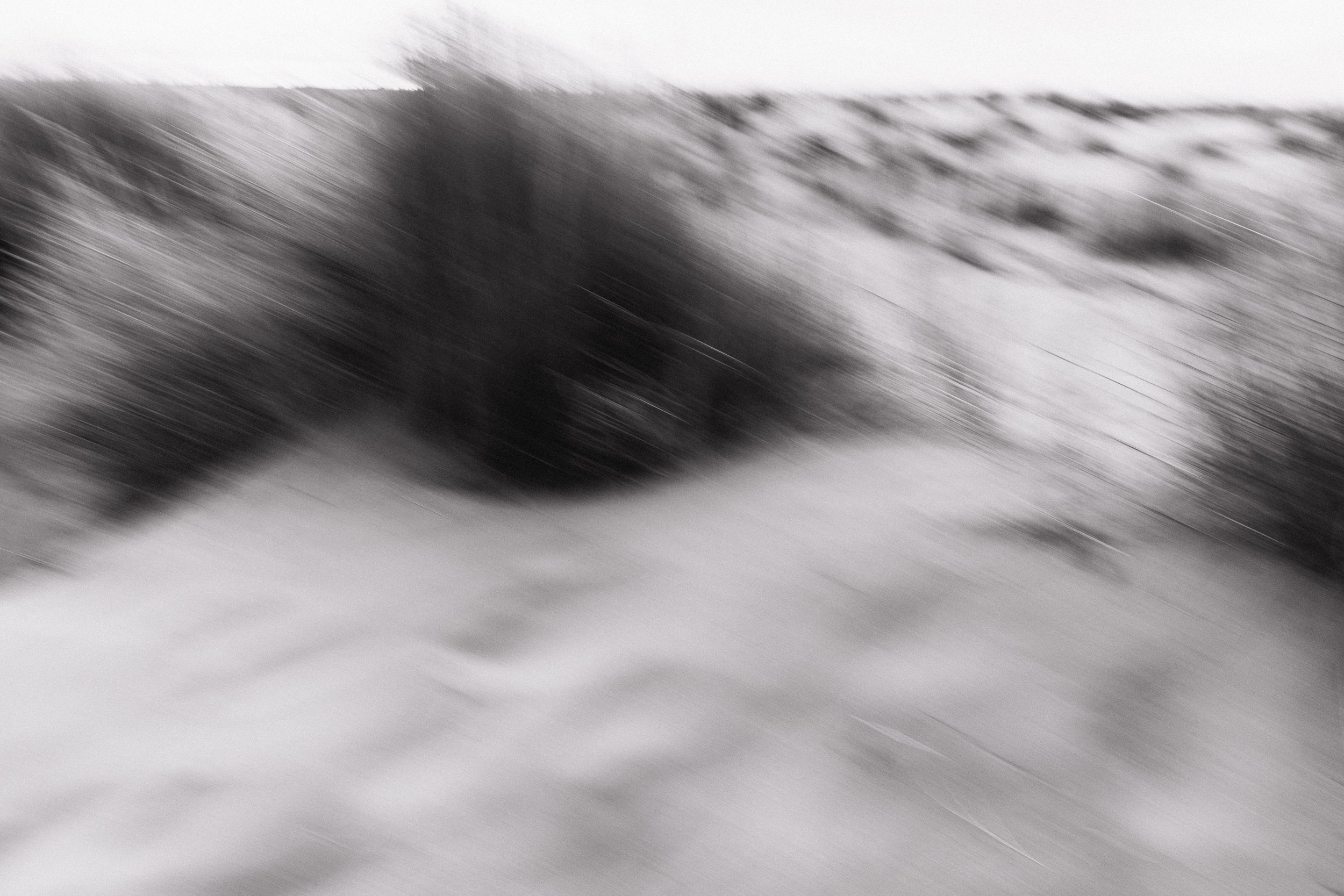The Impact of AI on Traditional Photography
An Evolution, Not Erasure
In an era dominated by rapid technological advancements, the rise of artificial intelligence (AI) has sparked discussions about its potential effects on various industries. Among these is the realm of traditional photography, where the question arises: can AI erase traditional photography? While AI has undoubtedly brought significant changes to the field, it is important to understand that it serves as an evolution rather than an erasure by complementing and enhancing rather than replacing this time-honoured art form.
AI has introduced a range of powerful tools and techniques that expand the creative possibilities within photography. With advanced algorithms and machine learning, AI-powered software enables photographers to retouch images, remove imperfections, adjust lighting, and even create composite images with ease. These tools offer efficiency and convenience, allowing photographers to focus on their artistic vision rather than spending excessive time on technical aspects.
Furthermore, artificial intelligence has revolutionized the preservation and restoration of historical photographs. Through sophisticated algorithms, AI can analyze damaged or deteriorated images and intelligently restore them to their former glory. By leveraging machine learning techniques, AI models can learn from vast collections of high-quality images to develop a deep understanding of aesthetics, textures, and colour patterns. This allows for the accurate restoration of old and damaged photographs, preserving our visual heritage for future generations.
Technology has also made significant strides in enhancing photographic capabilities. High-resolution imaging, for instance, has been greatly improved through AI-driven upscaling algorithms. These algorithms analyze low-resolution images and intelligently predict and generate additional detail, resulting in sharper and more detailed photographs. AI-based image recognition and object detection algorithms have also made it easier to categorize, tag, and search through vast collections of photographs, streamlining the process of organizing and managing images. It is essential to recognize that the true essence of photography lies in the artistic expression of the photographer. AI serves as a tool that can be utilized by photographers to enhance and amplify their creative vision. It cannot replace the unique perspective, personal interpretation, and emotional depth that photographers bring to their work. Traditional photography remains a deeply human form of expression, capturing fleeting moments, evoking emotions, and telling stories that resonate with audiences.
Photography is a medium through which humans document the world and share their perspectives and experiences. The subjective and emotional aspects of traditional photography are deeply intertwined with the human condition. While AI can automate certain processes and optimize technical aspects, it lacks the ability to capture the human element that brings depth, authenticity, and empathy to photographs. It is the photographer's vision, intuition, and connection with the subject that imbues images with their true essence.
While AI has undoubtedly impacted the field of traditional photography, it does not possess the power to erase it. Instead, AI serves as a powerful ally, expanding creative possibilities, facilitating restoration and preservation, enhancing capabilities, and offering new tools to photographers. While AI can automate certain tasks and improve efficiency, it cannot replace the human creativity, emotional connection, and interpretive nature that define traditional photography. Ultimately, AI and traditional photography can coexist, each contributing to the evolution and advancement of the art form.
Disclaimer: This article and image were drafted entirely by artificial intelligence. Or were they not?
Words & Visuals: Marie Boyard

